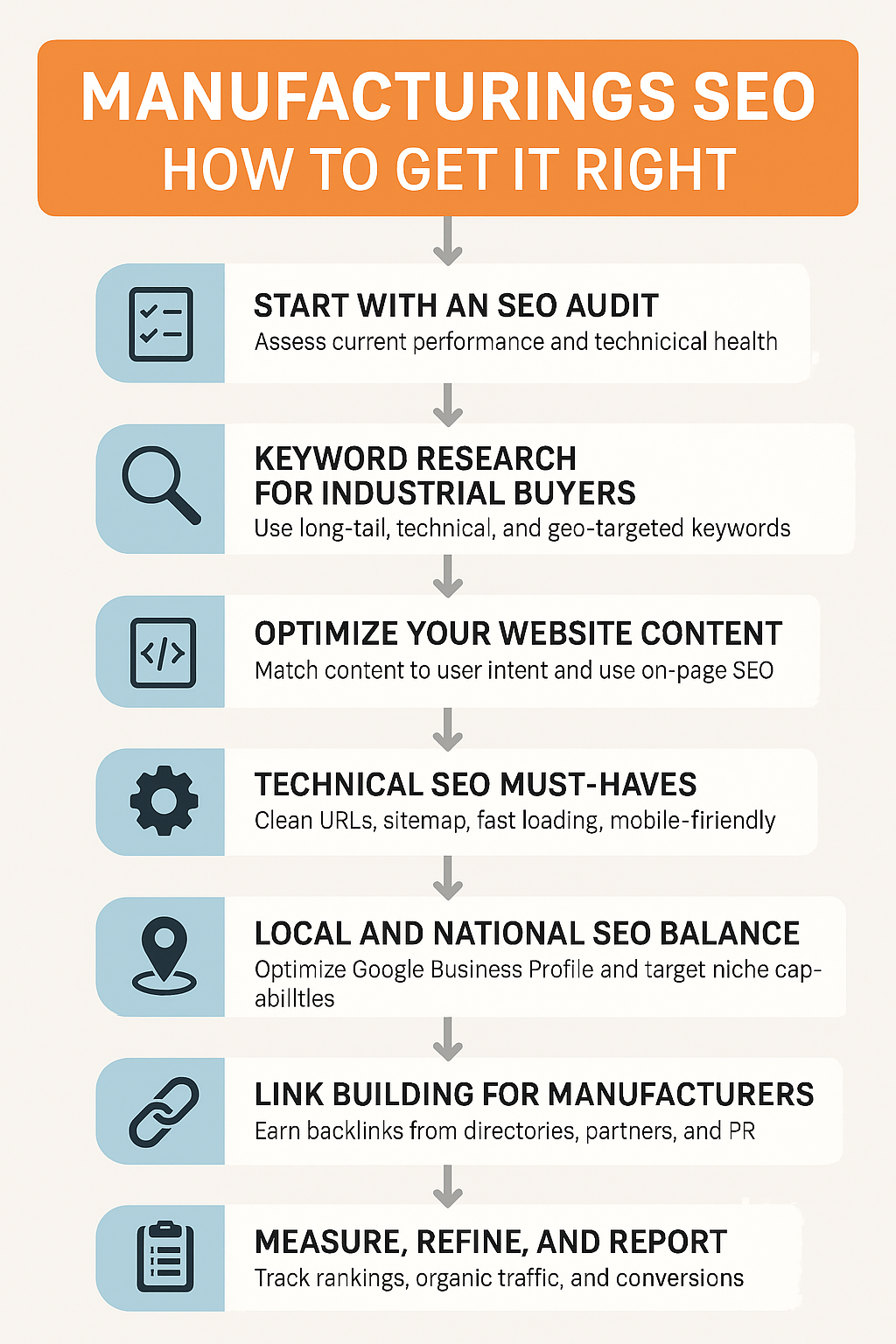There are lots of different web hosting levels. You can pick the web hosting company that most fits your needs and budget.
If you are a do-it-yourselfer that likes to geek out on all-things-technology, you can use an inexpensive host like GoDaddy or BlueHost. If you are focused on growing your business, you will want to find a managed hosting solution that will work with you, taking on all the parts you either don’t know about or don’t have the time to deal with.
At its most basic level, web hosting is simply reserving space on an Internet-connected server where the files and data that make up your website are. These files are then served up whenever someone visits your site. Here are some of the key terms you should know:

DNS: Domain Name Servers. This is where your domain name is managed. If you have, for example, mail through G Suite, there will be records that tell the internet where to send any messages going to that domain to find the G Suite account. If you have a VPN into your office, there might be records that tell the Internet where to find that location. And there will be records telling the internet where to find your website.
IP Address: There are now two types of IP addresses – IPv4 and IPv6. The v4 address is probably something you have seen before. It looks something like this: 211.39.43.12. As these numbers began to run out, v6 was created and has a combination of letters and numbers to expand the range that can be used. But in both cases, a Domain Name Server is used to translate an IP address into a domain name. For example, our website IP address is 69.16.227.153. DNS is used so that you don’t have to remember the address but can instead just use educyber.com to get there.
MX Records: These Mail Exchanger records are used to tell the internet how and where your email is handled. They might tell folks to go to Google if you use G Suite, to Microsoft if you use Microsoft 365 (formerly Office 365). And it is important to get all your mail records set correctly so you can send and receive messages.
Firewall: A well-configured firewall will go a long way towards blocking hackers and others with ill intent from even getting close to your site. It also picks up / records all kinds of information that business owners like – what IP addresses are accessing the site (understanding the geographic location of users) as well as being able, in some cases, to identify the specific user
Email: There are lots of possibilities for 3rd party email handlers like G Suite, Microsoft 365, and others but you can also have your email hosted through your web host. While not as full featured as the 3rd party services, it is usually included or much less than the 3rd party options. With email you can Track Deliverability (to see whether a message was received or not), set settings needed for email like SPF and DKIM as well as create and remove accounts, reset passwords, etc.
So how do you choose the right web host? If you are a startup on a shoestring budget, you may want to go the DIY route with a HostGator or BlueHost solution. If you are growing and want to free up your time to focus on growth and connecting with customers or training staff, then a managed solution is probably a better fit.
EduCyber is pleased to offer a managed webhosting solution. When it comes to websites, many business owners struggle with keeping their website current or just making simple changes. We have the staff and the resources to keep your site at its best, taking all the pain out of managing your website.


